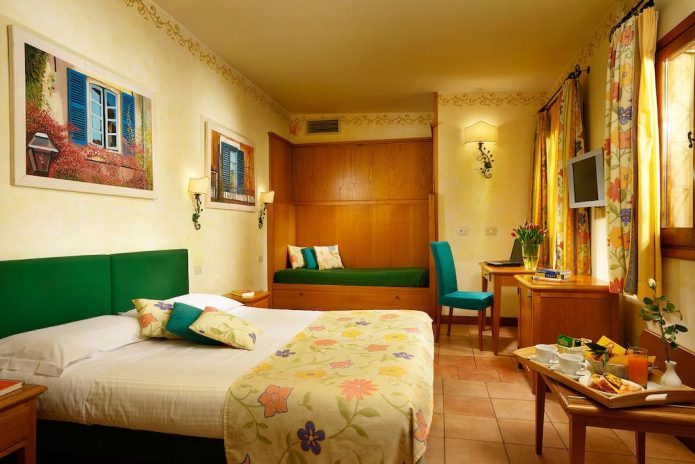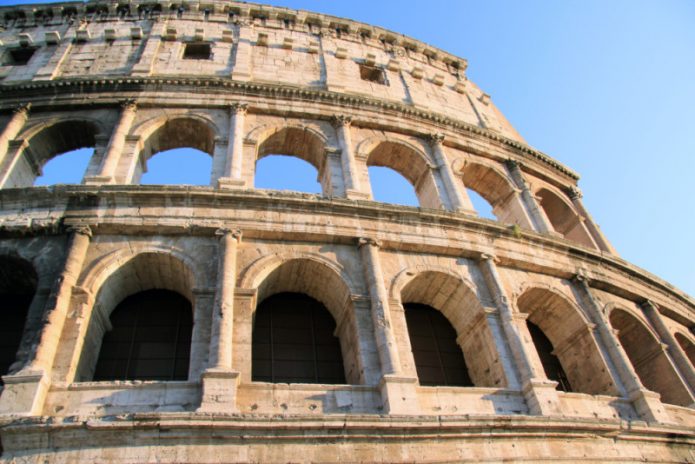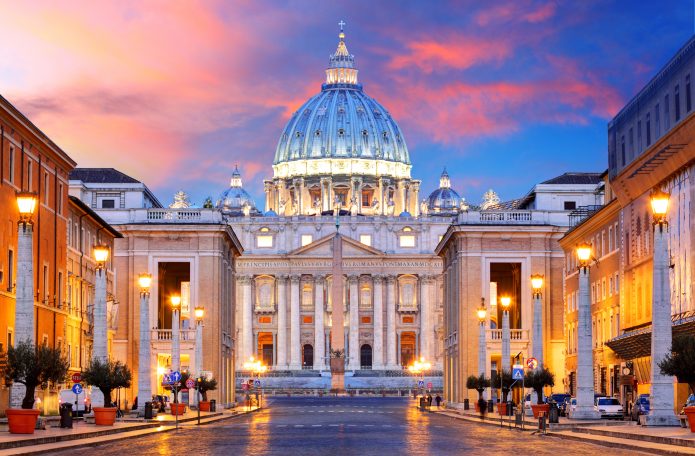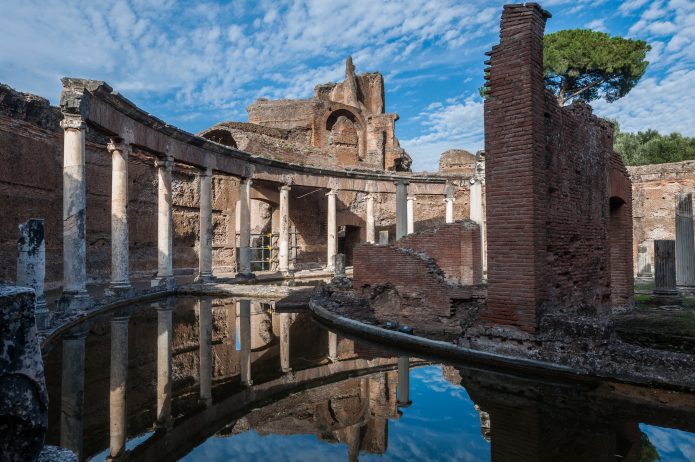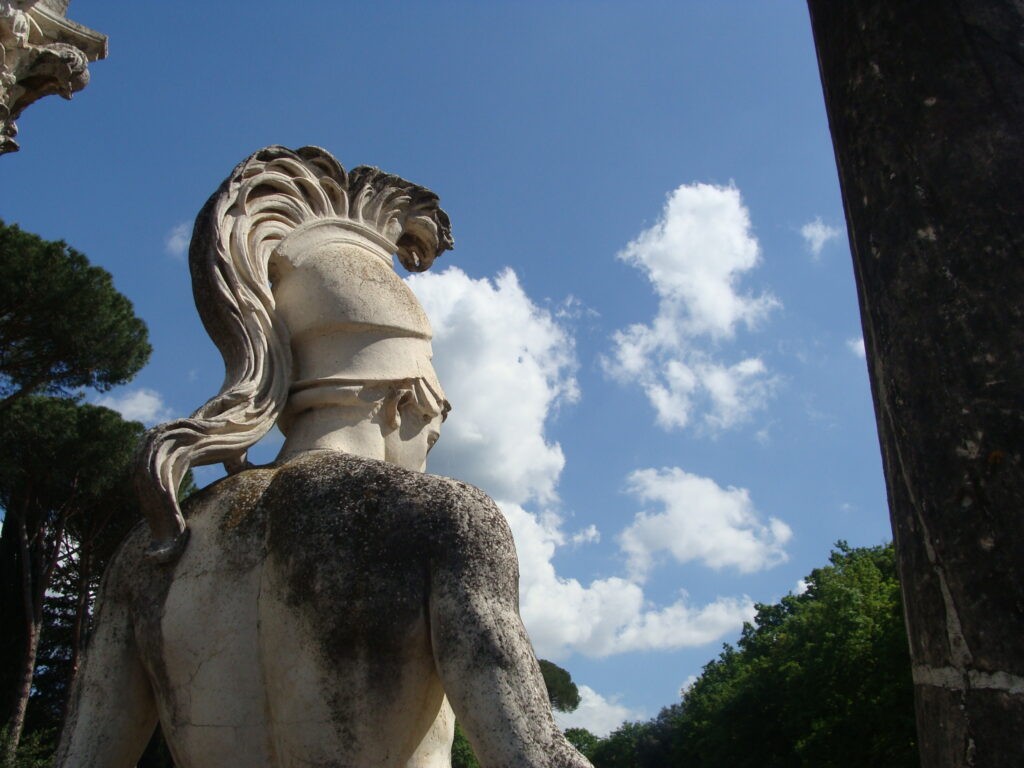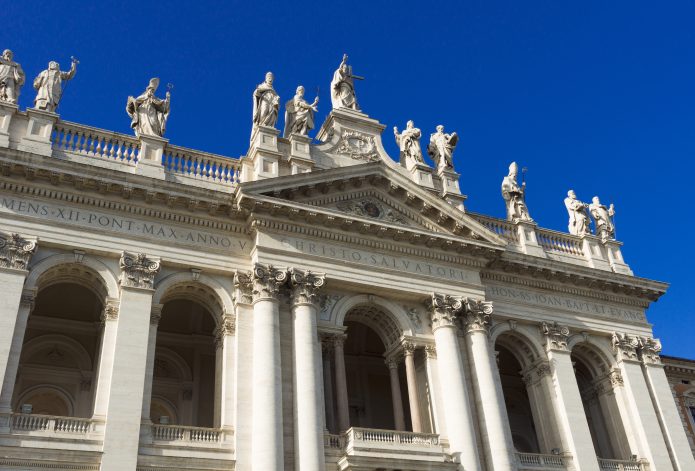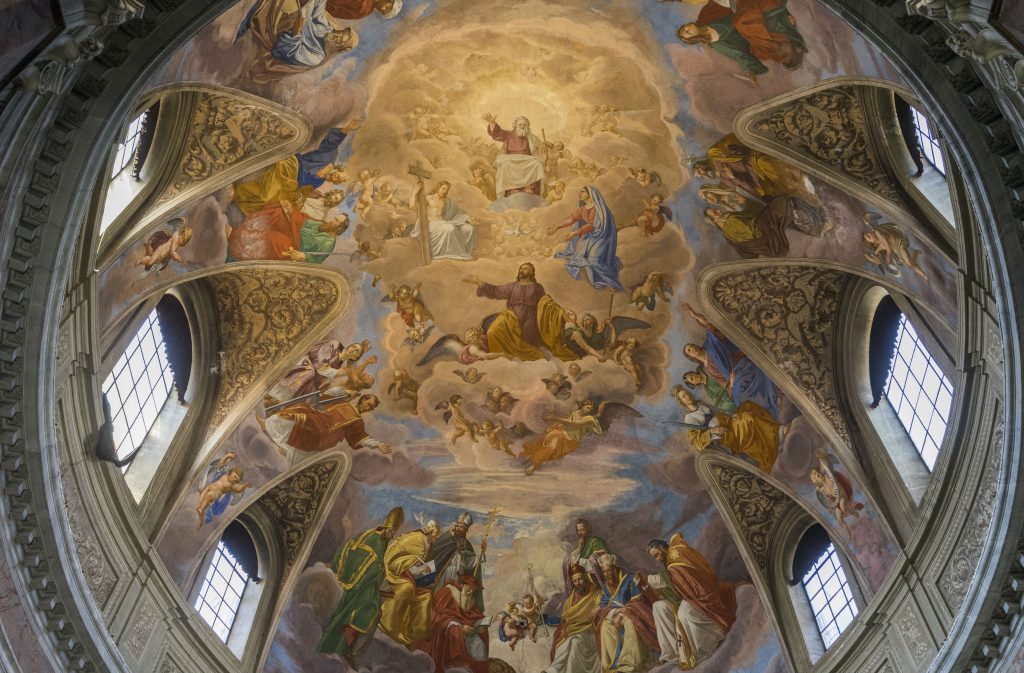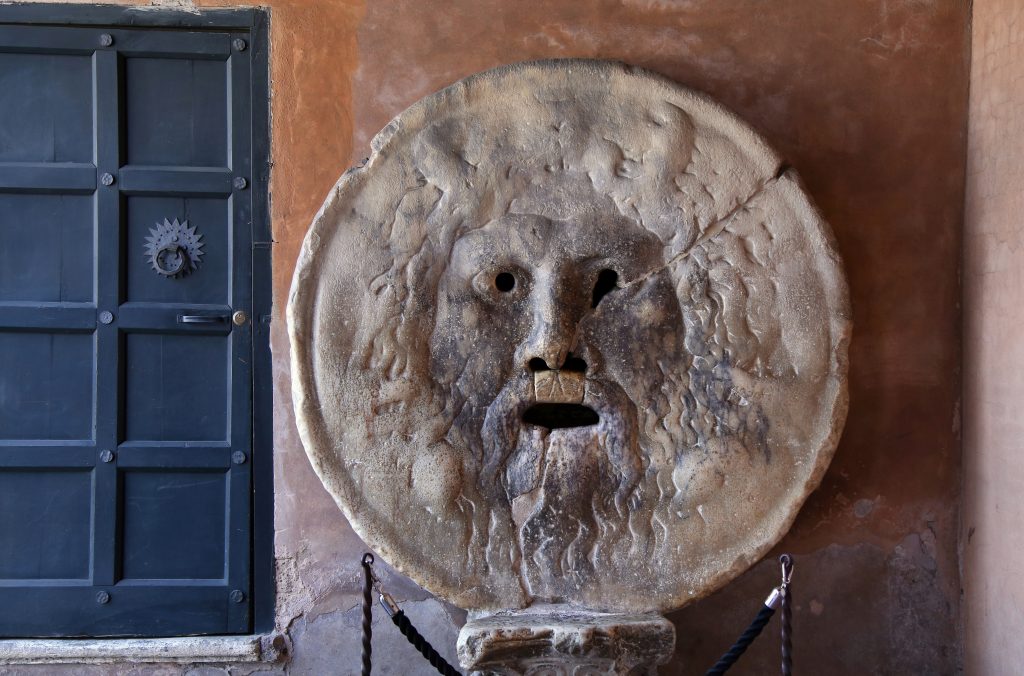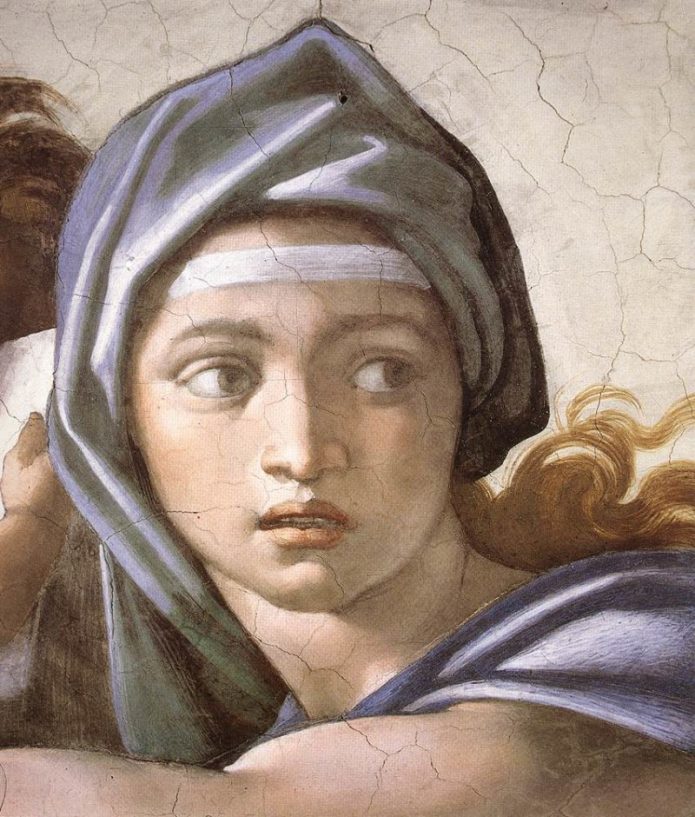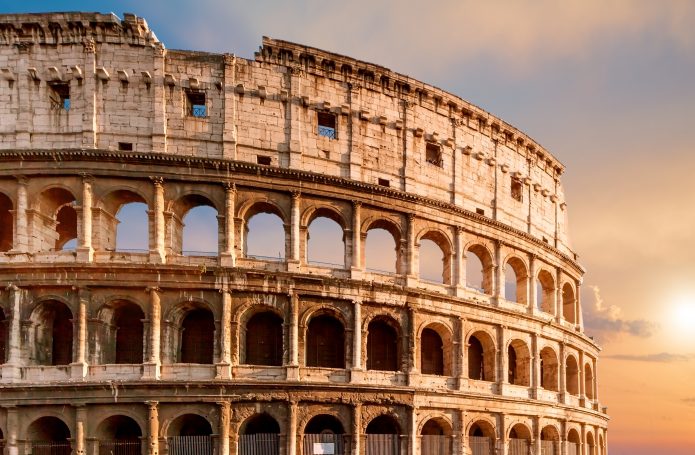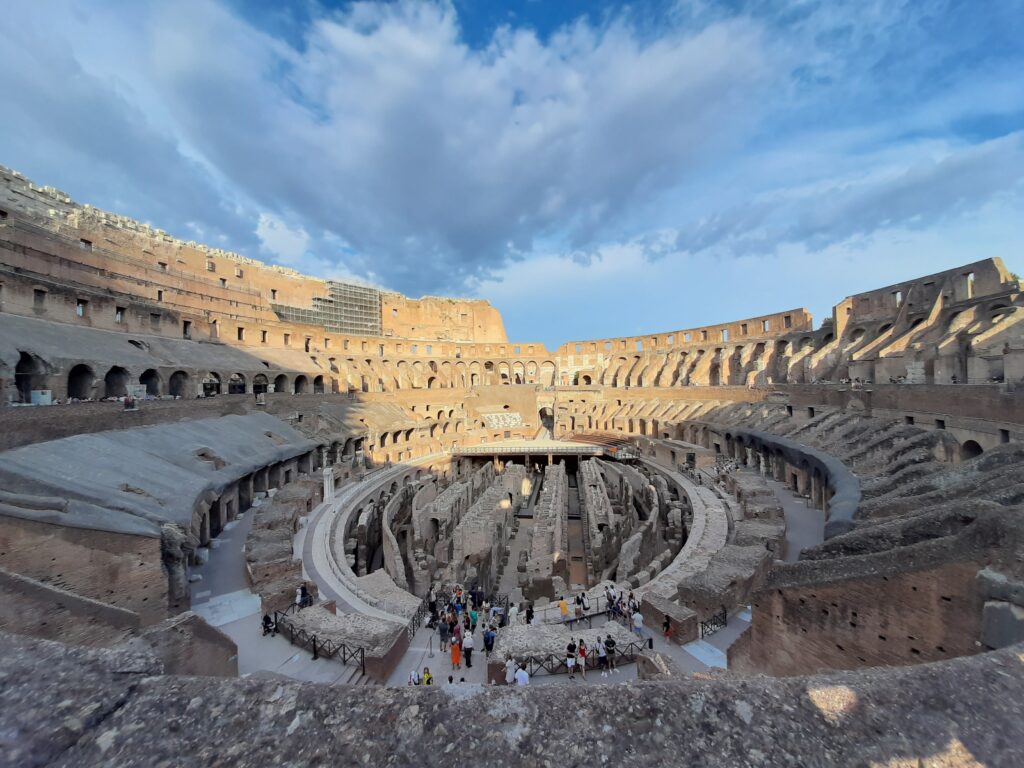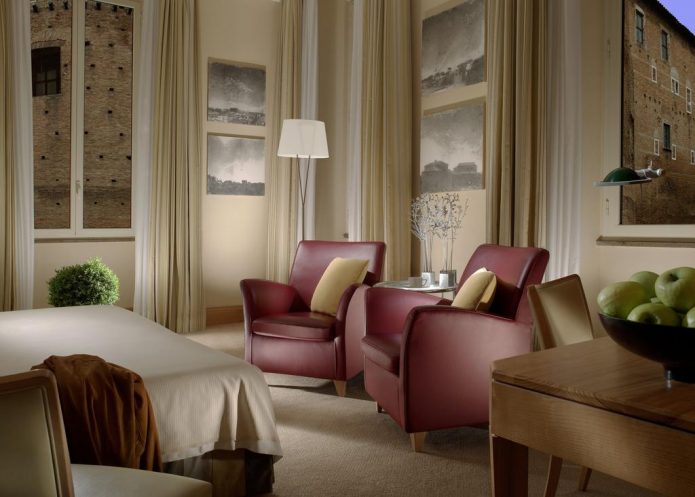
“As long as there is Colosseum, there will also be Rome; When the Colosseum falls, Rome will also fall; When Rome falls, the world will fall as well”
(Prophecy of the Venerable Beda, eigth century).
A symbol of the greatness and power of Rome, the Flavian Amphitheater, is the most famous and impressive monument of ancient Rome and an attraction that still attracts, after two thousand years, about 5 million visitors a year.
So, whether you plan a short visit, or decide to visit Rome in 3 days or more, a stop at the Colosseum is a must.
Buy the Colosseum priority ticket here!
To let you have some knowledge when visiting this wonder, we reveal some curiosities that you may not have known before. Here they are:
1. When it was built
The amphitheater was built by the Emperor Vespasian on the grounds of the vast complex of the Domus Aurea of Nero. The work started in 72 a.d. and ended in 80 a.d. under the Emperor Tito. The inauguration ceremony lasted 100 days, during which 5.000 animals were killed.
2. The size
The shape of the Colosseum is not round but oval. It is an enormous ellipse with a 527 meter perimeter. Originally it was 52 meters tall but today its height is about 48 meters. These dimensions make it the largest amphitheater in the world. At the top there were 240 uprights supporting the “velario”, a huge fabric tapestry that covered the arena. The viewers came from 80 arched entrances (vomitoria) and could fill the Colosseum in minutes
3. The capacity
The Flavian amphitheater could accommodate 50.000 spectators
4. The origin of the name
The Colosseum was originally called the Flavian Amphitheater, in honor of the illustrious Flavi family to which belonged the emperors Vespasian, Tito and Domiziano, who started and completed the construction work.The name Colosseum dates back to the Middle Ages and refers not to its size, but to the size of the Colossus of Nero, a giant statue that was at its side.
Another hypothesis is that the name derives from its position, because it is located on a hill where once there was a temple of Isis (from which “Collis Isei“).
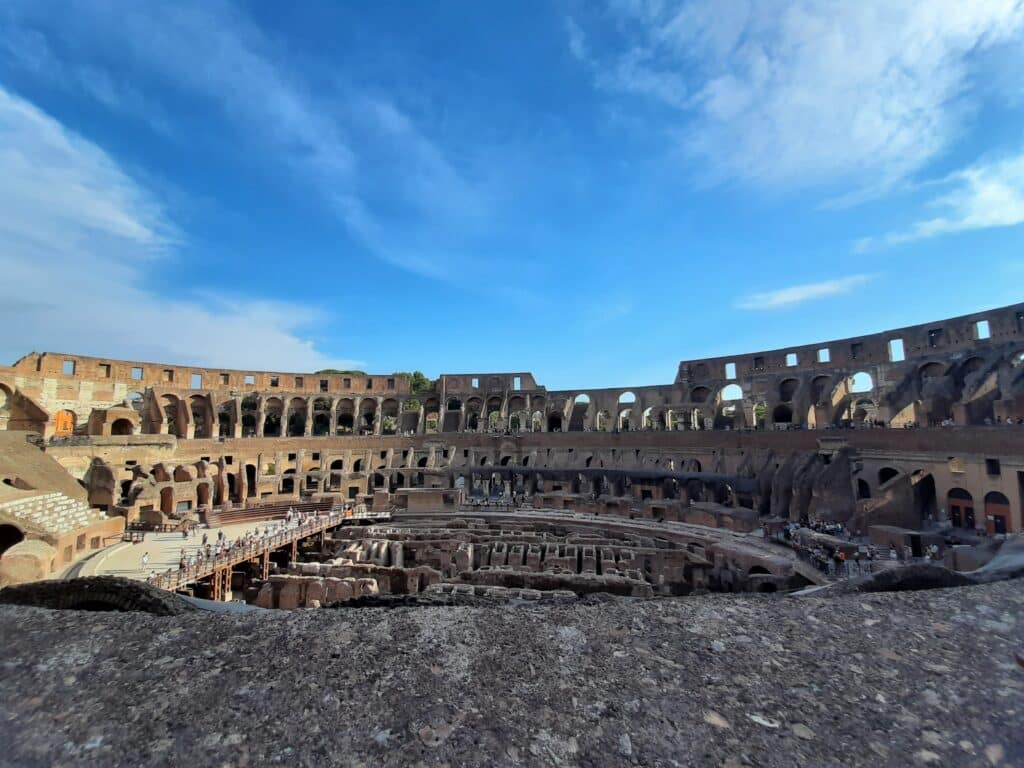
5. Usages
In addition to the fights of gladiators, the Colosseum was also used as a pool for naumachie, that is, representations of naval battles. A civil and environmental engineering professor of the University of Edinburgh, Martin Crapper, suggested that water ran through a series of internal wells and pipes under the stands and calculated that the time needed to fill the entire arena would have been of about 7 hours.
6. The shows
At the Colosseum the shows lasted for an entire day. The spectators were forced to bring from home soft cushions to be able to sit on the hard stone seats.
7. Seats
All the people could take part in the games that took place in the Colosseum. Class distinctions were made only for the assignement of seats. The cavea was in fact divided into three parts: the senators sat in the lower rows, the less wealthy in the middle rows and the plebeians in the higher rows. The women (except the vestals) were relegated to the top. For the most well-off classes the seats were in marble, while for the other people the seats were in wood. Like today, everyone had a numbered ticket and each spectator had a place assigned to a specific seat.
The podium, a large terrace in front of the rows of seats, was reserved for the emperor and senators and other personalities of concern.
8. As a garden
After its decline after the end of the empire, the Colosseum was covered with plants, some were exotic, and grew up with the help of the microclimate of the amphitheater. There would be about 350 species of plants that for centuries have been studied by botany experts.
9. The Colosseum as a quarry
During the Renaissance it was used as a travertine and marble quarry for the construction of many buildings including Palazzo Venezia and Palazzo Barberini. People stopped taking materials from the Flavian Amphitheater only in the 18th century after a renewed love for the ancient Roman vestiges. It has been calculated that only one third of the original construction has been left.
10. Among the seven new wonders of the world
Since 2007, the Colosseum has been included among the seven new wonders of the world along with the Great Wall of China, the ancient city of Petra in Jordan, the statue of Christ the Redeemer in Rio in Brazil, the ruins of Machu Picchu in Peru, the Chichen Itza pyramids in Mexico and the Taj Mahal in India.
If you are interested to know more about the main symbol of Rome, see the page How is the Colosseum done?
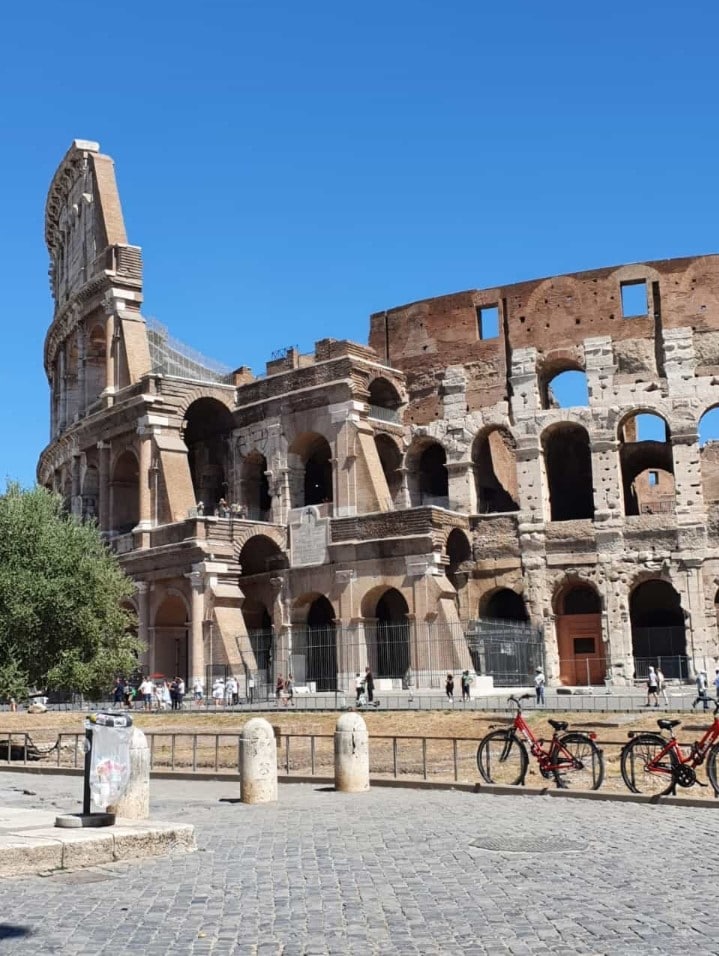
Rome: the beautiful Colosseum 罗马竞技场

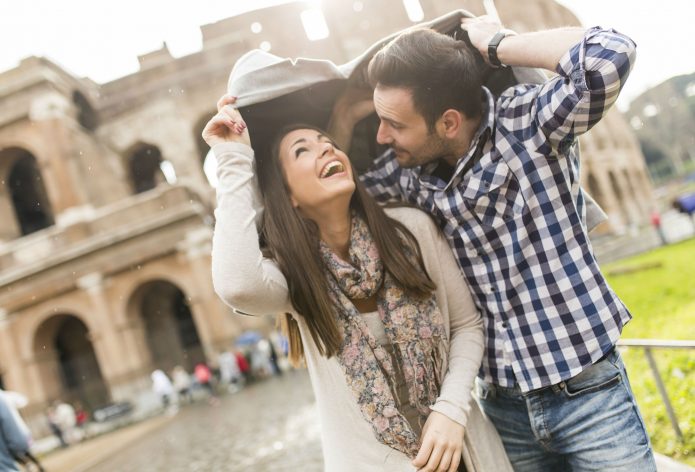
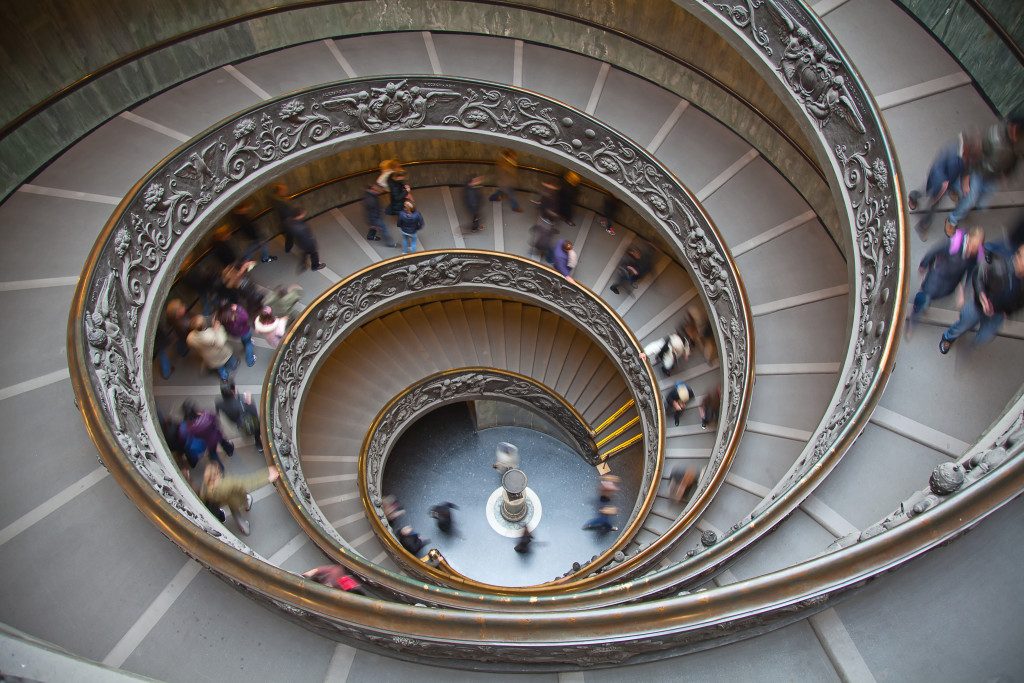
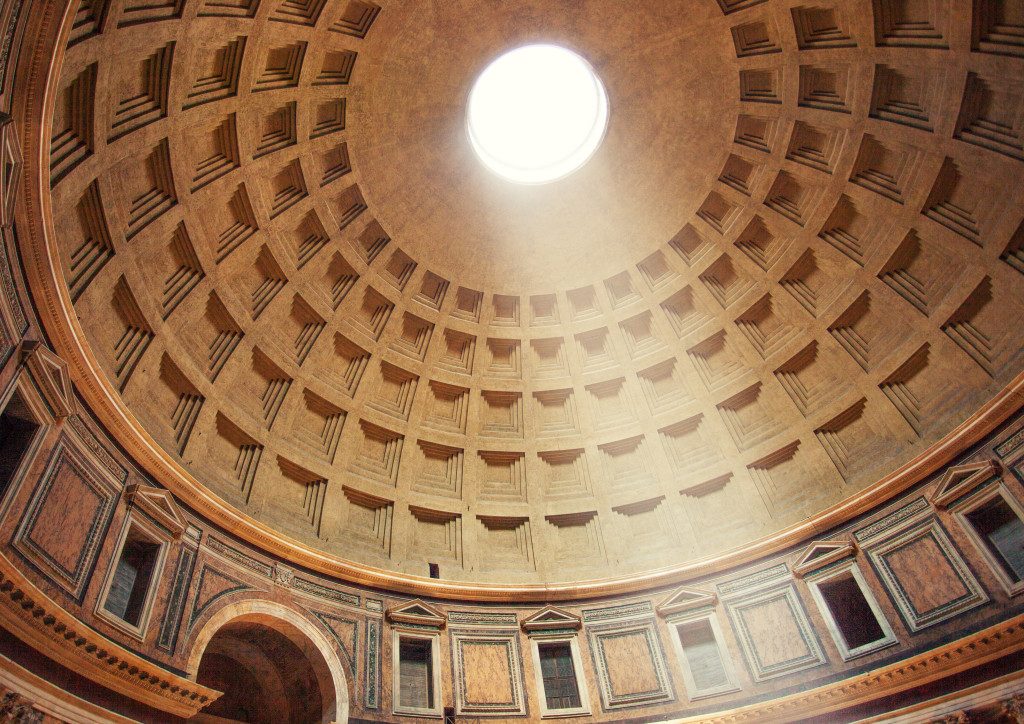
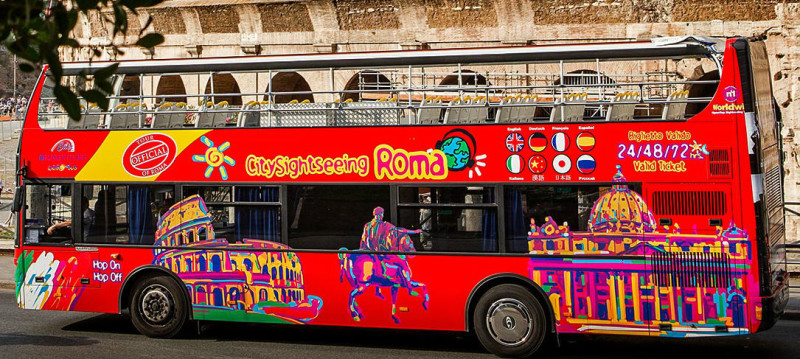 Rome when it rains: the beauty of a tour on the tourist buses.
Rome when it rains: the beauty of a tour on the tourist buses.

